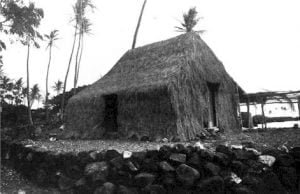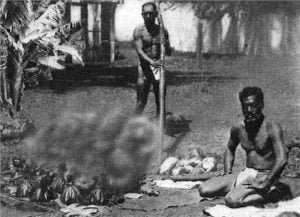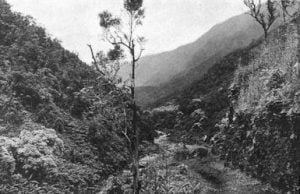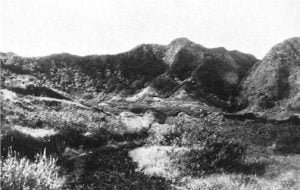This Land is the Sea’s – Traditional Account of an Ancient Hawaiian Prophecy
Traditional Account of an Ancient Hawaiian Prophecy Translated from Moke Manu by Thos. G. Thrum It is stated in the history of Kaopulupulu that he was famed among the kahunas of the island of Oahu for his power and wisdom in the exercise of his profession, and was known throughout the land as a leader among the priests. His place of residence was at Waimea, between Koolauloa and Waialua, Oahu. There he married, and there was born to him a son whom he named Kahulupue, and whom he instructed during his youth in all priestly vocations. In after years when … Read more







